Our lead Bike Fitter Iain discusses the prevelance of sit bone width measurements in determining saddle choice for cyclists, and whether this is the best approach to finding a comfortable seating position!
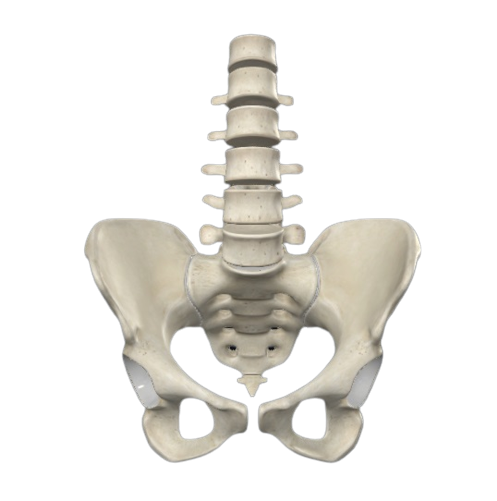
Saddle comfort
Saddle discomfort is always a large talking point within the cycling industry, with most of us at some point having suffered from issues in this area. Many weird and wonderful ideas have been proposed as the solution to solve everyone’s problems, but can things really ever be that simple? Each of us is shaped very uniquely, both in bone and soft tissue around the pelvis. In addition, factors such as riding duration/intensity and posture on the bike will all have an impact on your interaction with the saddle – as well as of course how you set the position of the saddle on your bike! So, with so many variables, how is anyone ever supposed to find a solution which works ‘perfectly’ for them?
Sit bone width
Over the past two decades, the cycling industry has leaned more and more towards the use of anatomical measures on the pelvis to determine the ideal saddle to suit an individual. This began with SQLab back in 2002 taking the step to provide different saddle widths based on the measured distance between the centre of an individual’s ischial tuberosities (more commonly referred to as ‘sit bones’) – see figure 1 below. This measurement also allowed some consideration for the differences in pelvic structure between men and women, with women generally having a larger distance between their sit bones.
There seems to be quite large differences between sources online as to the average ranges for men and women however, calling slightly into question some of the validity in the measurements being taken. This is likely due to the sit bones themselves not being a single point, making it difficult to clearly define what is being measured from/to on each side. The tools and devices generally being used to try and take this measurement are also relatively rudimentary with little consideration taken for repeatability or accuracy.
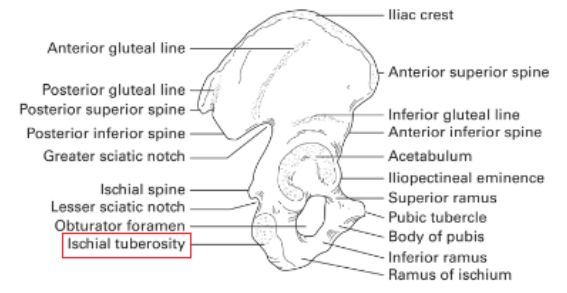
Figure 1 – Lateral view of the pelvis (Ellis & Mahadevan, 2018, p. 130)
Use in practice
Despite the limitations in the measurement however, it quickly became the standard for many major brands, for example Specialized, Bontrager, Selle Italia/idmatch and Ergon. This measurement is generally taken to try and ascertain the distance between the widest points of the ischial tuberosities (sit bones), when seated in an upright torso position, as per the image below. The individual is instructed to sit on a device which will deform in some way under the pressure of the sit bones, which in this seating position should be the most notable point of contact. The distance between the two points (left and right sit bone) is then measured and determined as the individual’s ‘sit bone width’
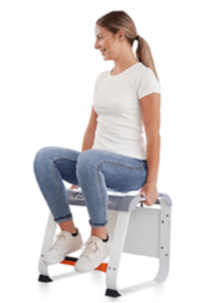
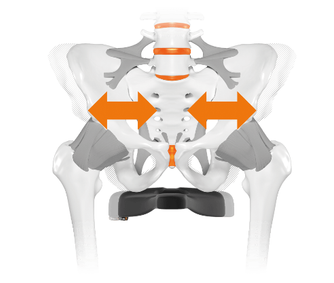
Figure 2 – Sit bone measurement and how saddle width can vary accordingly (SQLab, 2019)
Not so simple...
Not so simpIt quite soon became apparent that this single measurement had some notable limitations however, in particular with regards to the lack of consideration of pelvic tilt. Pelvic tilt relates to the inclination of the pelvis in the sagittal plane, measured either up from the horizontal, or down from the vertical. This leads to complications, since sit bone width gets narrower the as it angles towards the public rami.
This can be seen clearly in the images below, which show that the horizontal width of the sit bones is not consistent due to this angle – even more so with the female pelvis. So as the pelvis moves into a greater level of anterior pelvic tilt, the width of the portion where the weight should be distributed is getting narrower.
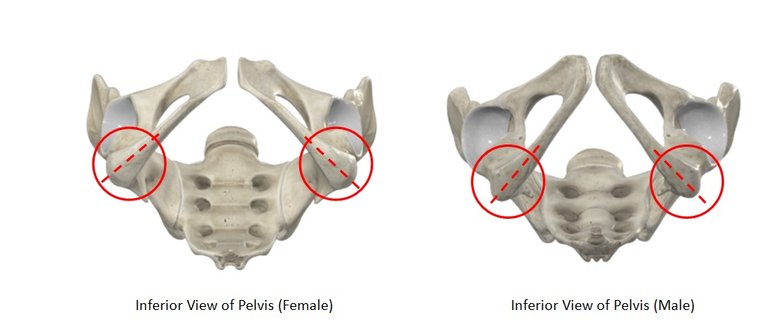
Figure 3 – Inferior view of the pelvis, both male and female, with ischial tuberosities highlighted (3D4Medical Ltd for Complete Anatomy, 2022)
Pelvic tilt
How pelvic tilt affects contact with the saddle is something many saddle manufacturers have come up with proposed solutions for, essentially offering different shapes of saddle to provide support for these varying levels of pelvic tilt. This does go some way towards improving the saddle offerings to suit individual anatomy and riding characteristics, but perhaps becomes less reliant on the measurement of sit bone width when sitting in an upright position. The shape of the inferior ramus of the ischium, the bone which leads from the sit bone towards the pubic bone, can vary quite notably between individuals.
So, when loading more onto this area it is not necessarily the case that a measurement taken at the sit bone can be indicative of the shape in this region. This becomes particularly poignant when looking at more aggressive aero positions or even into TT/triathlon positions where the torso needs to be positioned significantly more horizontally.
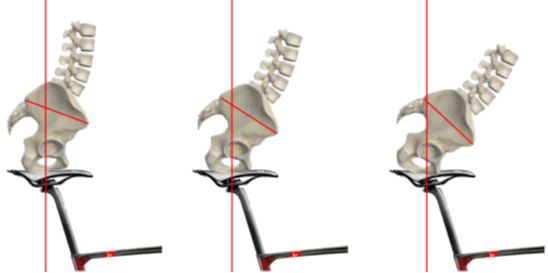
Figure 4 - Different levles of pelvic tilt and their effect on placement of the sit bones on the saddle
Pelvic rotation
Even once pelvic tilt has been considered however, there is still a large assumption taking place in use of sit bone widths that the pelvis is sitting perpendicularly to the direction of the bike/saddle, meaning that the width of the pelvis and the width of the saddle are in the same plane. It is for example quite possible and not uncommon for the pelvis to be rotated around the vertical axis, positioning one sit bone closer to the front of the saddle than the other.
This both changes the distance between the sit bones in the horizontal axis relative to the bike, as well as making it difficult for the saddle to provide effective support to both left and right sides of the pelvis. This is influenced somewhat by the absolute difference between the sit bones but is not considered regularly enough when trying to decide on why saddle discomfort is occurring, as many make an assumption that they are sitting in plane with the bike.
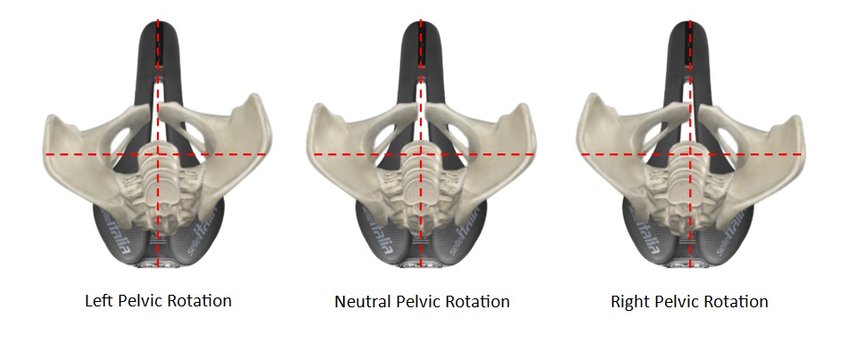
Figure 5 - Aerial view of neutral and left/right pelvic rotations relative to the plane of the saddle
Muscle origins
Finally, there are other non-bony considerations which are rarely discussed regarding whether the sit bones are always actually the ‘ideal’ place for an individual to distribute their load onto the saddle. Whilst this generally is an area which is relatively safe to distribute load, it is not without its possible issues. For example, the sit bones are actually the origin point for most of the hamstring muscle group as well as adductor magnus – these are highlighted in yellow in figure 6.
This is further compounded with gluteus maximus sitting beneath the sit bones, with all of these additional structures making it difficult for some individuals to distribute weight onto the sit bones effectively whilst cycling – particularly given the key roles of these muscles within the pedal stroke.
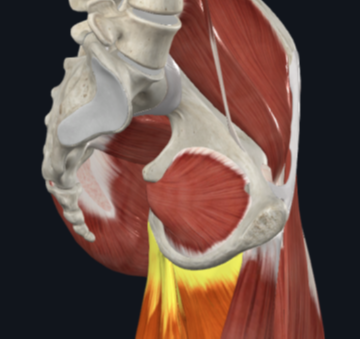
Figure 6 - Muscles and tendons around the pelvis, with highlighted attatchments into the ischial tuberosity - left leg only (3D4Medical Ltd for Complete Anatomy, 2022)
Final Thoughts
So, in summary and to answer our initial question, sit bone width probably does matter. However, it is far from the only variable in determining a saddle which suits an individual and unfortunately it is rarely as straightforward as just measuring this single value and picking the perfect saddle. As with most things with health and fitness, this is a multifactorial issue and requires a more holistic approach to find an effective answer which works both for comfort on the saddle and also to support the body positioning through the torso and the legs through the pedal stroke. So, if you are having difficulty in finding comfort on your saddle, perhaps there are other things to consider in addition to sit bone width when trying to find your solution.
References
Ellis, H., & Mahadevan, V. (2018). Clinical Anatomy:Applied Anatomy for Students and Junior Doctors (14th ed., p. 130). John Wiley & Sons.
SQLab (2019, April 1). Sit Bone Measurement. https://www.sq-lab.com/en/ergonomics/sqlab-measurement-concepts/sit-bone-measurement/
3D4Medical Ltd for Complete Anatomy (2022) Complete Anatomy (Version 9.0.2) [Mobile App] https://play.google.com/store/apps/details?id=com.a3d4medical.completeanatomy&pli=1
If you would like any more information about positional coaching or any of our other services please get in touch.